During the election last year, The New York Times ran an uncertainty dial to show where the vote was swaying. Not everyone appreciated it. Many people hate it. The Outline disliked it enough to troll with an uncertainty dial of their own.
Personally, I like the dial, but I think it does require a certain level of statistical knowledge to not lose your marbles watching it.

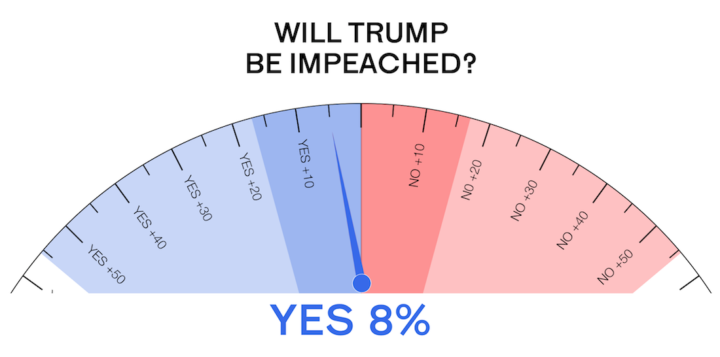

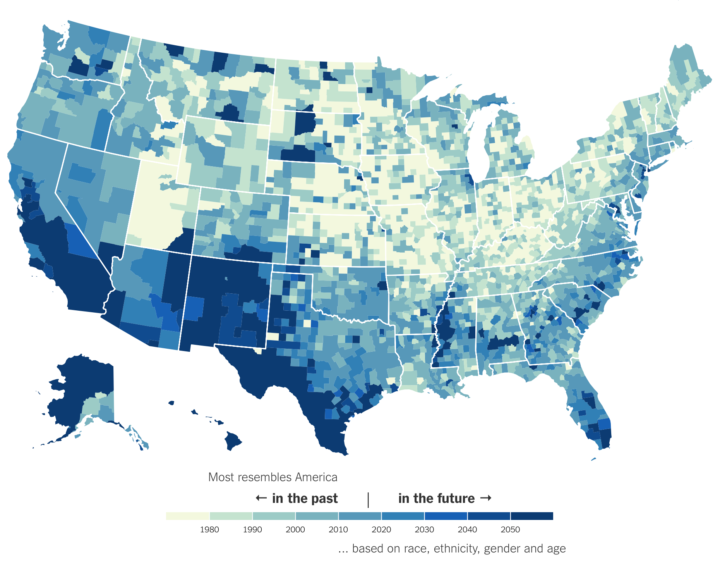
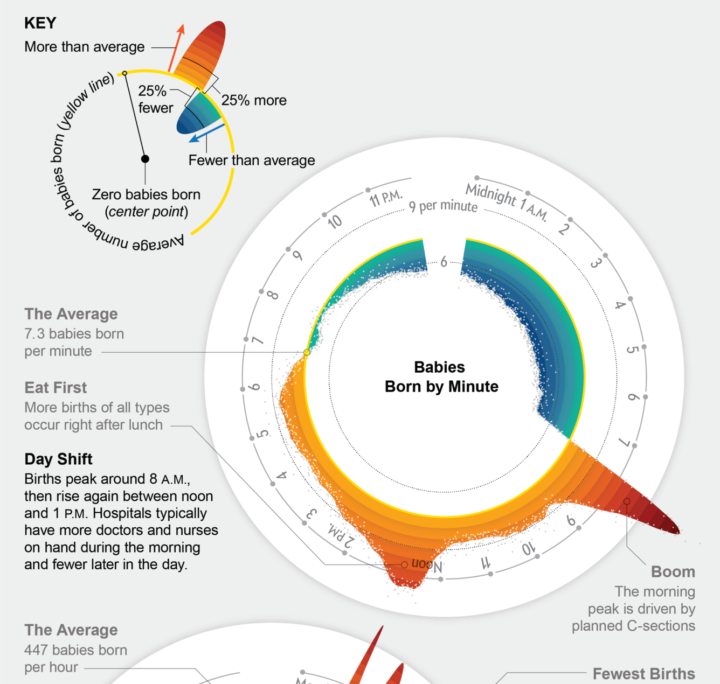

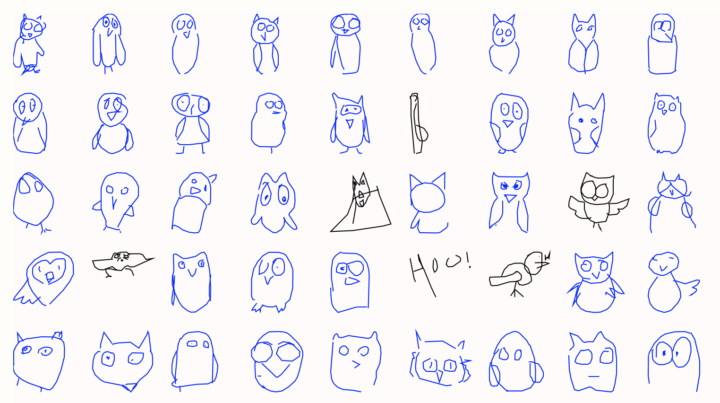
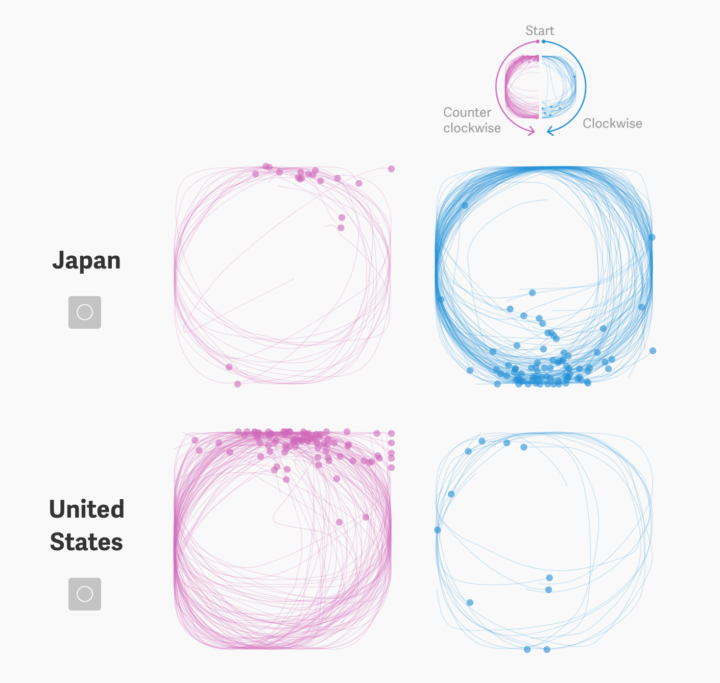
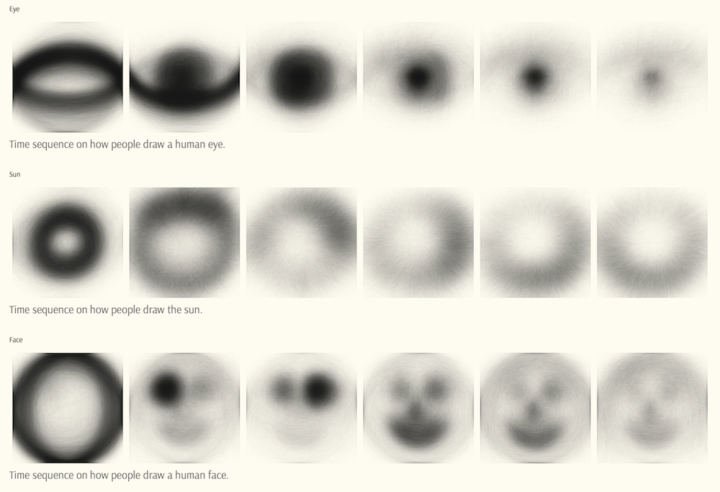

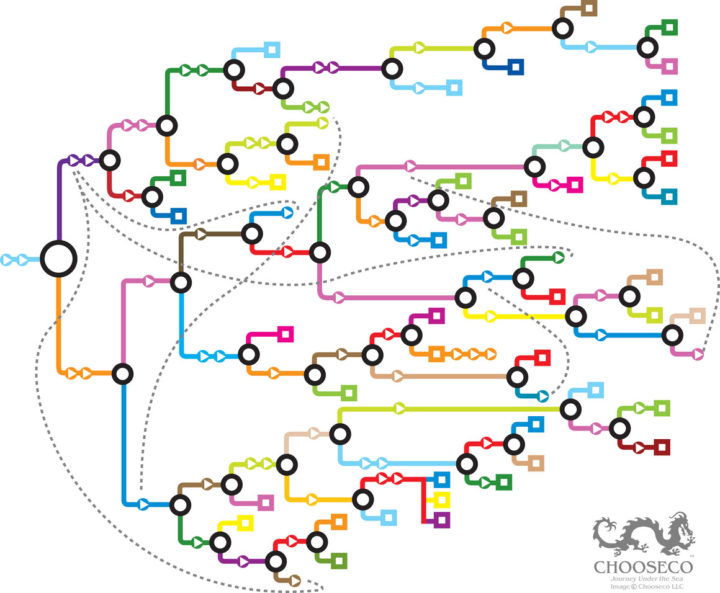
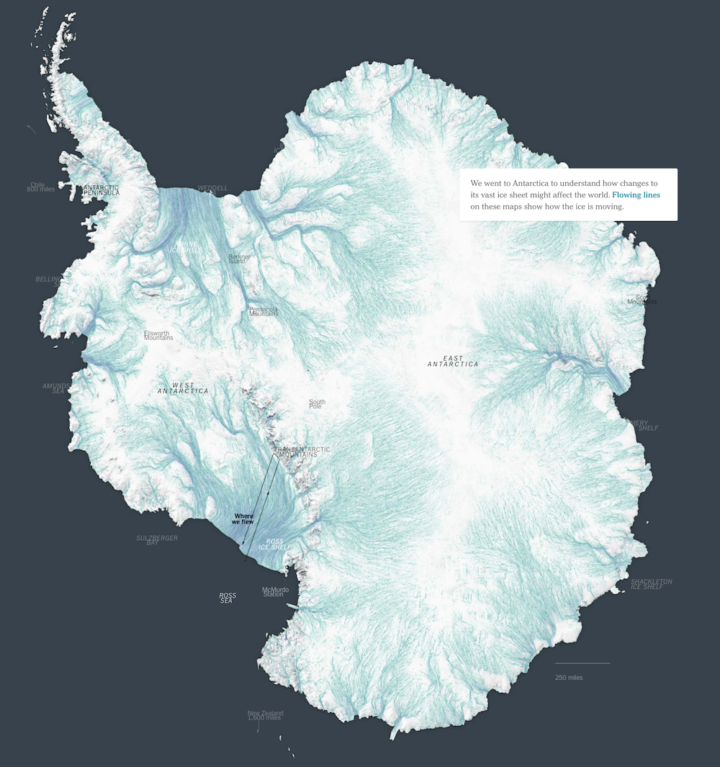
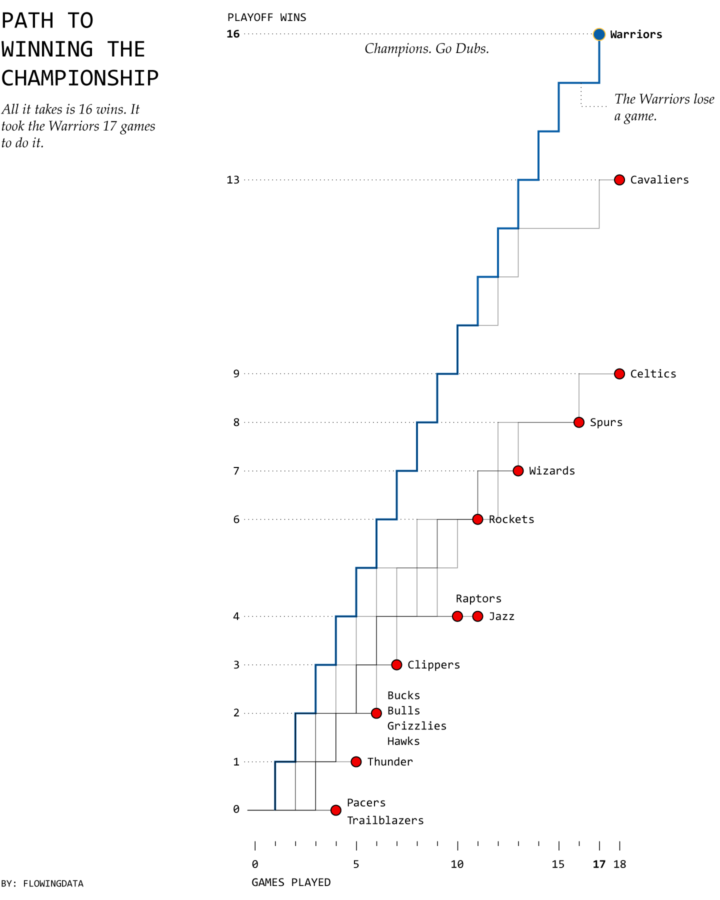
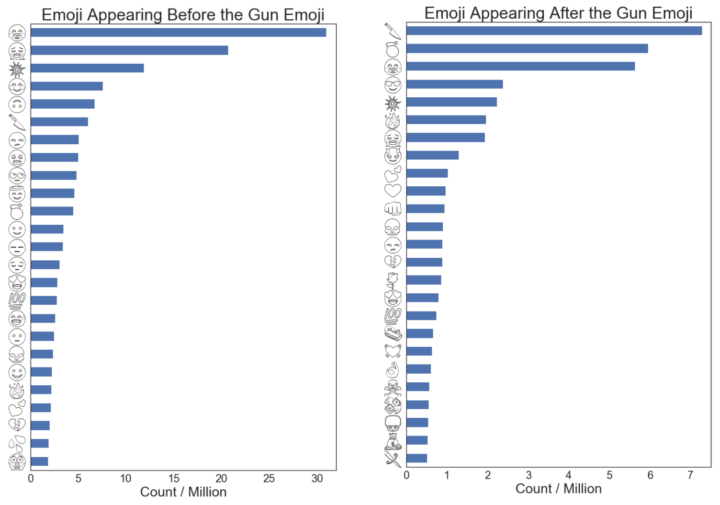
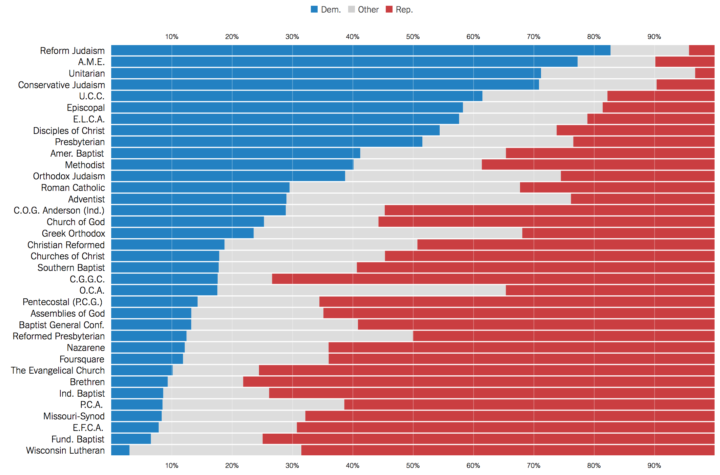

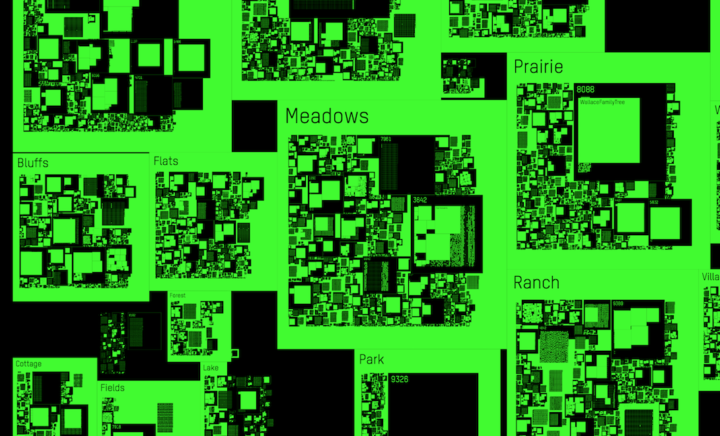
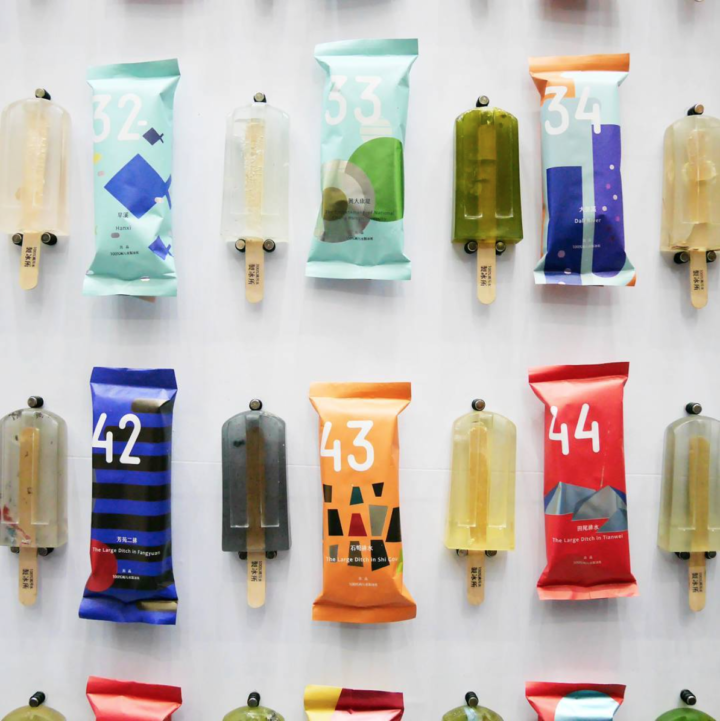
 Visualize This: The FlowingData Guide to Design, Visualization, and Statistics (2nd Edition)
Visualize This: The FlowingData Guide to Design, Visualization, and Statistics (2nd Edition)










